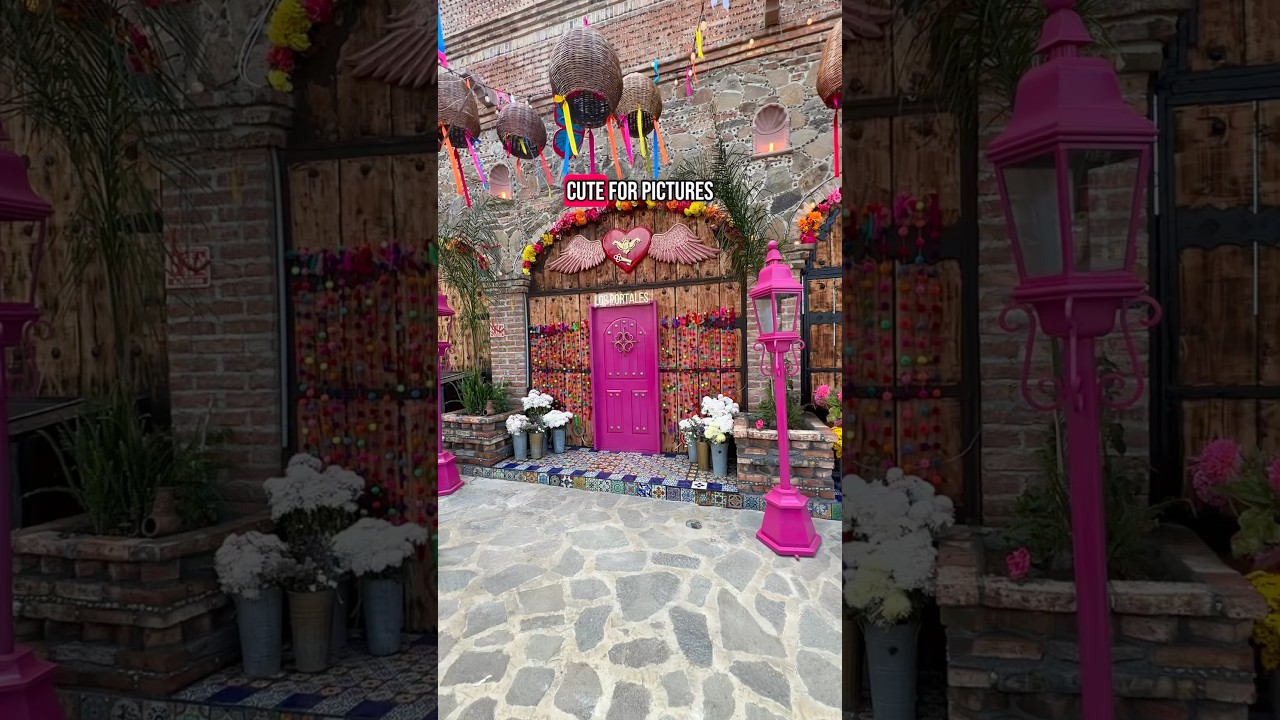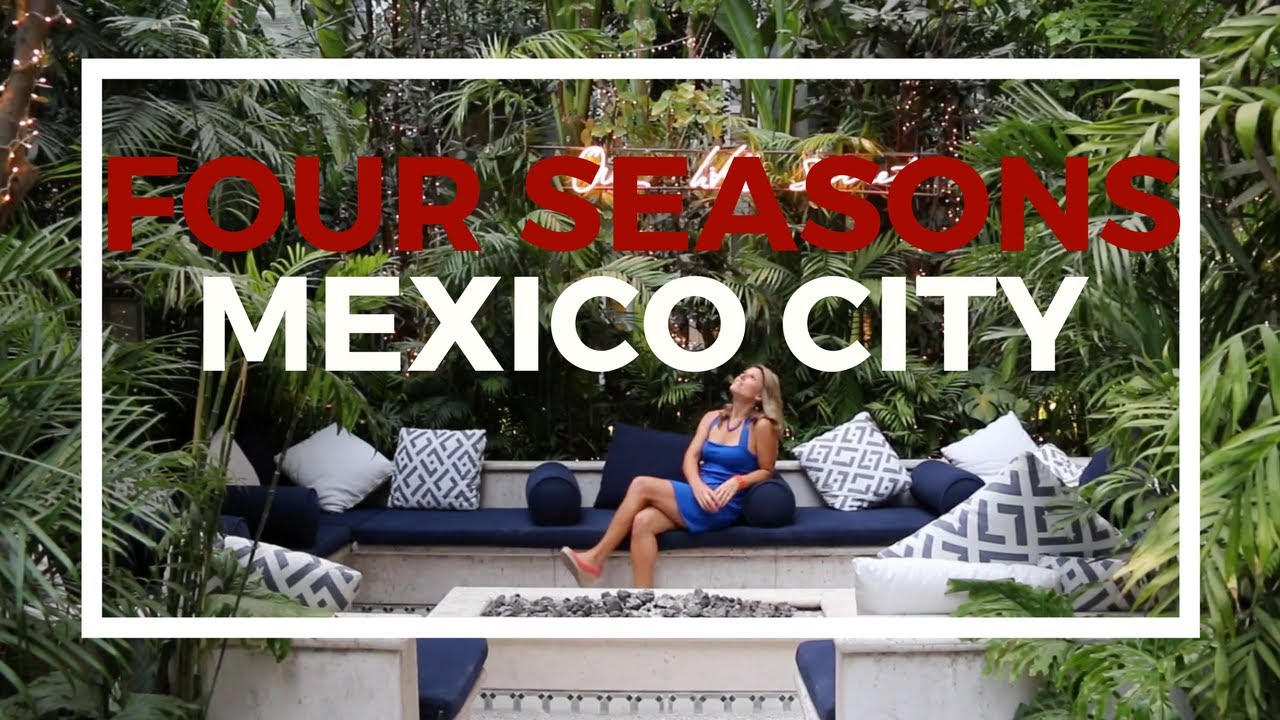Exploring the Future of Caracol de Mar: Mexican Coastal Cuisine in 2025
As we look ahead to the future of Caracol de Mar, a renowned destination for Mexican coastal cuisine, its clear that this culinary hotspot is poised for continued growth and innovation by 2025. The restaurants unique blend of traditional and contemporary dishes, inspired by the vibrant flavors and fresh ingredients of Mexicos coastlines, has set the stage for a new wave of gastronomic exploration.
Embracing Sustainability
In line with global culinary trends, Caracol de Mar is expected to further embrace sustainability in its operations by 2025. This means sourcing more local, organic, and responsibly-farmed produce, seafood, and meats to reduce its carbon footprint and support local economies. Additionally, the restaurant is likely to implement more eco-friendly practices, such as waste reduction and energy efficiency, to align with the growing demand for sustainable dining experiences.
Innovation in Menu Offerings
The year 2025 will also see Caracol de Mar innovating its menu offerings to cater to evolving consumer preferences. Expect a more diverse range of dishes that cater to different dietary requirements, including vegan, gluten-free, and low-carb options. The use of experimental cooking techniques and the incorporation of unique, indigenous ingredients could also be part of this exciting culinary evolution.
Expanding Digital Presence
With the digital revolution reshaping the food industry, Caracol de Mar is set to boost its online presence by 2025. This could include a more interactive website featuring online reservations, virtual tours, and a detailed menu with stunning visuals. The restaurant may also leverage social media platforms to engage with customers, share behind-the-scenes content, and announce special events or promotions.
In the fast-paced world of gastronomy, Caracol de Mar is well-positioned to lead the way in Mexican coastal cuisine. With its commitment to sustainability, menu innovation, and digital engagement, the future indeed looks promising for this culinary gem.
What to Expect from Caracol de Mar: The Evolution of Coastal Mexican Cuisine
Caracol de Mar is a groundbreaking restaurant that exemplifies the evolution of Coastal Mexican Cuisine. With an innovative approach to traditional recipes, the establishment is known for transforming classic dishes into contemporary culinary art. Customers can expect a unique dining experience, featuring fresh seafood and locally sourced ingredients. The menu is a testament to the evolution of coastal Mexican cuisine, reflecting the rich cultural heritage and diverse ecosystems of Mexicos coastal regions.
Reimagining Traditional Coastal Dishes
Caracol de Mars menu is a vibrant celebration of the coastal Mexican culinary tradition. The restaurant skillfully reinterprets classic dishes, infusing them with modern techniques and innovative flavors. From ceviche and seafood tacos to grilled octopus and fish stew, each dish is a tribute to the sea and its bounty. The use of fresh, local ingredients enhances the authenticity and richness of the flavors, ensuring a truly immersive gastronomic experience.
Revolutionizing Coastal Mexican Cuisine
Caracol de Mar is at the forefront of the evolution of coastal Mexican cuisine, pushing boundaries and challenging culinary norms. The restaurants innovative approach extends beyond its menu, with a strong commitment to sustainable practices and community engagement. It promotes responsible fishing and farming practices, ensuring the preservation of Mexicos coastal ecosystems. Furthermore, it actively contributes to the local economy by sourcing ingredients from local producers and providing employment opportunities within the community.
A Culinary Journey through Mexicos Coastline
At Caracol de Mar, diners can embark on a culinary journey through Mexicos diverse coastline. The menu showcases the regional diversity of coastal Mexican cuisine, featuring dishes inspired by the Pacific coast, the Gulf of Mexico, and the Yucatan Peninsula. Each dish tells a story, reflecting the unique cultural and geographical characteristics of its region. The restaurants innovative approach to coastal Mexican cuisine offers diners an opportunity to explore Mexicos rich culinary heritage in a modern, sophisticated setting.
Anticipating the Delights of Caracol de Mar: Mexican Coastal Cuisine Trends for 2025
The allure of Caracol de Mar, a vibrant showcase of Mexican coastal cuisine, continues to capture the hearts of food enthusiasts globally. As we approach 2025, there are emerging trends in this gastronomic sector that are sure to delight the palates of epicureans worldwide. From the use of sustainable seafood to the incorporation of indigenous ingredients, the evolution of Caracol de Mar is an exciting journey to watch.
Embracing Sustainability in Seafood
A significant trend in Caracol de Mar is the focus on sustainability. The overfishing of certain species has led to a shift towards using underutilized but equally delicious varieties of seafood. This not only helps to maintain the balance in marine ecosystems but also introduces diners to a wider array of flavors and textures. In addition, restaurants are increasingly sourcing their seafood from local fishermen who use sustainable practices, ensuring the freshest and most eco-friendly produce.
Indigenous Ingredients Take Center Stage
Another trend to anticipate is the incorporation of indigenous ingredients into Caracol de Mar. Mexican coastal cuisine has always been rich in local produce, and this is expected to intensify in the coming years. From exotic fruits and vegetables to lesser-known spices and herbs, these indigenous ingredients add a unique twist to traditional dishes. They also help to support local communities and preserve the rich biodiversity of Mexicos coastal regions.
Technological Innovation in Cooking Techniques
The world of Caracol de Mar is also seeing a surge in technological innovation. Chefs are utilizing modern techniques such as sous vide and molecular gastronomy to elevate their dishes. This blend of tradition and innovation results in a dining experience that is both familiar and novel, making Caracol de Mar a gastronomic trend to look forward to in 2025.
Caracol de Mar: The Future Flavors of Mexicos Coastal Cuisine in 2025
In the evolving culinary landscape, the anticipated future of Mexicos coastal cuisine paints a tantalizing picture of innovative flavors and sustainable practices. The spotlight is on Caracol de Mar, a rising trendsetter that encapsulates the rich traditions of the Mexican coast, promising a culinary revolution by 2025. Known for its diverse seafood offerings, this cuisine is expected to redefine gastronomic experiences with a unique blend of local ingredients and modern techniques.
The Evolution of Caracol de Mar
At the heart of Caracol de Mar is the commitment to sustainability and biodiversity. By 2025, it is projected to have fully embraced a farm-to-table approach, sourcing its ingredients locally and responsibly. The focus is on native species, promoting not just the flavors of the sea, but also a deeper understanding and respect for the oceans ecosystem. This transition is expected to influence not just the taste, but also the presentation of dishes, enhancing the overall dining experience.
The Fusion of Tradition and Innovation
While rooted in tradition, Caracol de Mar is also about innovation. By 2025, it is predicted to incorporate contemporary cooking techniques, presenting traditional seafood in a new light. Expect to see classics like ceviche and tostadas reimagined with a modern twist. Bold flavors, exotic ingredients, and creative presentations will be the hallmarks of this evolving cuisine.
Looking towards the future, Caracol de Mar is not just a culinary trend but a movement towards sustainable and innovative dining. By 2025, the flavors of Mexicos coastal cuisine are set to take the gastronomic world by storm, offering a taste of the sea like never before.
Unearthing the Culinary Treasures of Caracol de Mar: Mexican Coastal Cuisine by 2025
Experience the richness and vibrancy of Mexican coastal cuisine as we journey to the heart of Caracol de Mar by 2025. This gastronomic adventure promises to reveal the culinary treasures hidden within this Mexican coastal town, from its fresh seafood delicacies to its unique regional flavors. As food enthusiasts, gourmets, and culinary explorers anticipate this exciting exploration, its clear that the culinary treasures of Caracol de Mar are waiting to be discovered and savored.
Fresh Seafood Delicacies of Caracol de Mar
Caracol de Mar, known for its abundant marine life, offers a variety of seafood delicacies that are sure to delight seafood lovers. From succulent oysters and clams, caught fresh from the sea, to the local favorite, Caracol or sea snail, the seafood offerings of this coastal town are nothing short of exquisite. These treasures from the sea are prepared using traditional Mexican techniques and flavors, offering a unique dining experience that is both authentic and delicious.
Unique Regional Flavors of Caracol de Mar
Aside from its seafood, Caracol de Mar is also known for its unique regional flavors. This coastal town boasts a diverse culinary scene, with a fusion of indigenous and Spanish influences. Chiles, corn, beans, and other local produce are used extensively in their dishes, creating a gastronomic experience that is uniquely Mexican. From their hearty soups to their flavorful stews, the regional dishes of Caracol de Mar are a testament to the richness of Mexican coastal cuisine.
Anticipating Culinary Exploration by 2025
By 2025, the culinary landscape of Caracol de Mar is expected to evolve further, with local chefs and food artisans continuously experimenting and innovating, while preserving their culinary traditions. As we look forward to unearthing more culinary treasures from this Mexican coastal town, the anticipation only adds to the allure of Caracol de Mars gastronomic offerings. This exciting culinary journey is not just about tasting the food, but also about experiencing the rich culture and history of Caracol de Mar through its cuisine.


